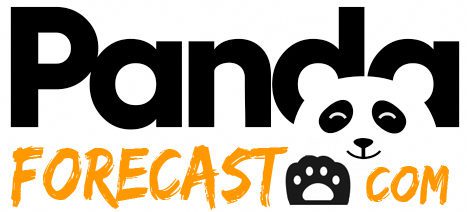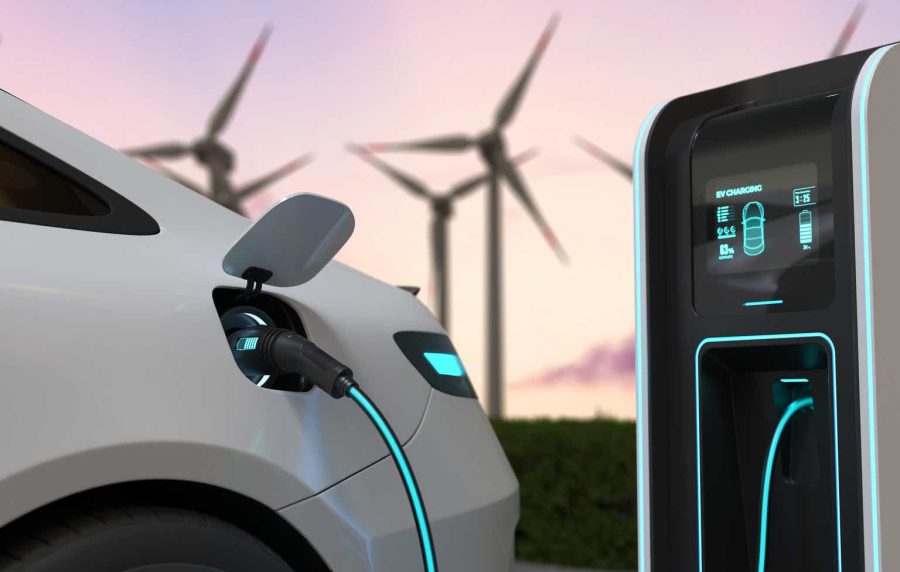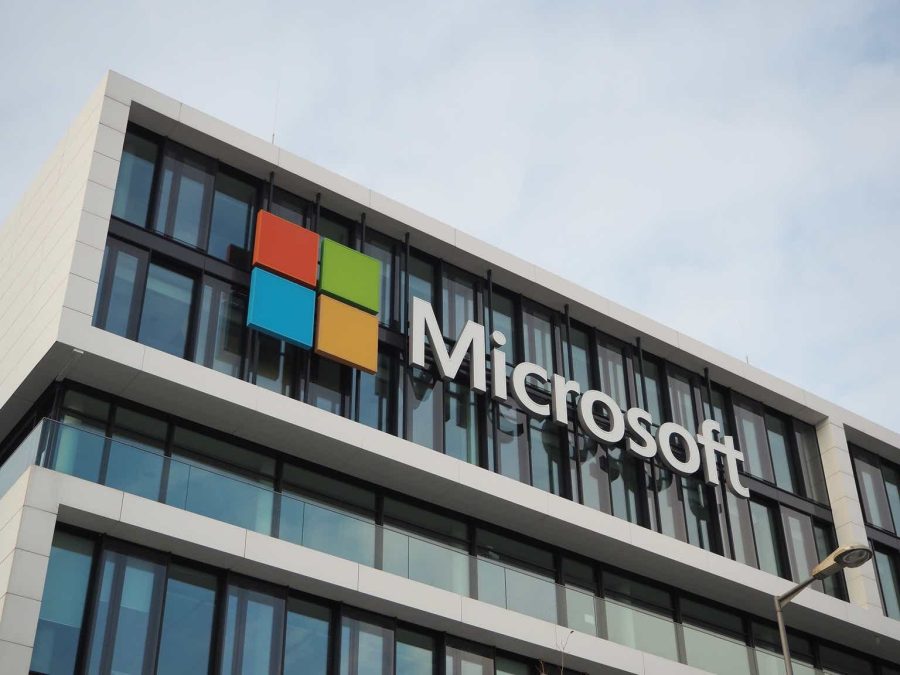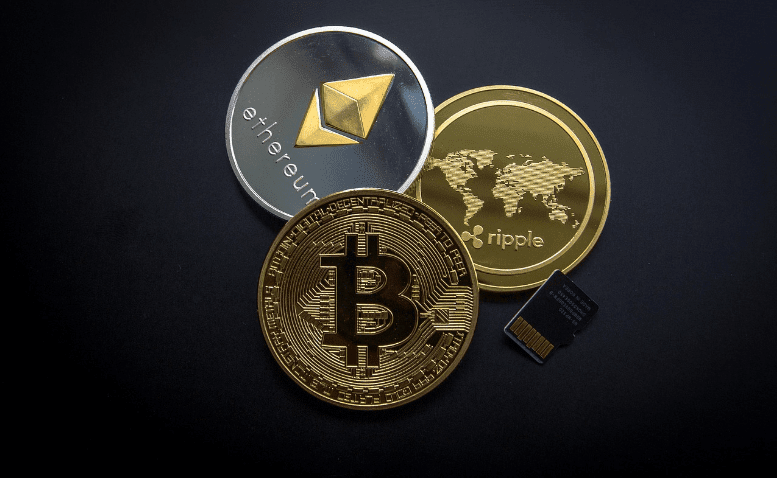July 14, 2024 This Week Top S&P 500 Gainers & Losers
Tesla Q2: The Bottom Is Likely In
Tesla: Time To Take Profits
Microsoft: The Q4 Results Should Surprise You
Tesla: Optimus And FSD Probably Won’t Save The Day
April 23, 2024 Maximizing Profits: When is the Right Time to Sell Your Business?
April 12, 2024 Improve Your Financial Status: A How-To Guide
April 12, 2024 How ZIM Integrated Container Tracking is Revolutionizing Global Trade
March 15, 2024 6 Best Growth Stocks To Buy Now According to Metatrader 5
US Credit Card Debt Hits Historic $1T Milestone Amid High Inflation and Rising Interest Rates
August 10, 2023
The predicted two months ago event has now officially happened: U.S. credit card debt has crossed the $1T threshold. According to the New York Fed’s Quarterly Report on Household Debt and Credit, balances hit a record high in Q2 due to increased consumer spending. The report also noted a significant increase in the number of credit card accounts, which went up by 5.48M, totaling to 578.35M. Simultaneously, the total credit card account limits saw a $9B increase, summing up to an astounding $4.6T.
The impact of inflation and high interest rates
As pointed out previously, surging inflation has forced many consumers to rely on cards for their essential expenses. Despite the pressure from inflation, some are finding it difficult to adjust their lifestyles. Adding to the stress, the average annual percentage rate has now crossed 20%, making it the priciest form of consumer debt. Indeed, it has reached its highest point since the Federal Reserve started tracking credit card APRs in 1994. This situation has significantly contributed to the overall U.S. household debt, which surpassed $17T in the first quarter.
Rise in credit card delinquency
Furthermore, the rate of serious delinquency, defined as being 90 days or more overdue, has jumped to 5.08% of total credit card balances in Q2 from 3.35% in Q1. Yet, this figure aligns with pre-pandemic levels. The fiscal stimulus, changes in spending habits, and forbearance programs during the pandemic have helped keep delinquency rates low. More insights into the industry will become available when credit card issuers release their delinquency and net charge-off rates for July next week.
Despite headwinds, no widespread financial distress among consumers
Even when grappling with escalating interest rates, post-pandemic inflationary pressures, and recent banking failures, American consumers do not seem to be showing signs of widespread financial distress, as per economists and researchers from the New York Fed.
Market trends and predictions
In related news, ING Economic and Financial Analysis reported that non-revolving credit, such as personal loans and vehicle loans, has seen a downturn over recent months. This is supported by the latest Federal Reserve Senior Loan Officer Opinion Survey, which indicated that banks are growing more reluctant to issue consumer loans. In the meantime, individual investors can find here up-to-date analysis on credit card companies such as Visa, Mastercard, American Express, Capital One, Discover, and Synchrony Financial.














